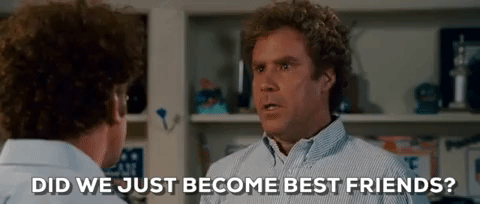
In 2011, the United Nations declared that July 30 would forever be known as the International Day of Friendship, a day devoted to fostering worldwide peace and understanding. Ah, friendship. Whether you see them all the time or go months without speaking but pick up right where you left off, there’s nothing like having a good friend. And believe it or not, artists have friends, too.John Everett Millais and Dante Rossetti of the Pre-Raphaelite Brotherhood developed a whole movement together. Cy Twombly and Robert Rauschenberg began as friends and ended up as lovers. Others had some pretty weird and tumultuous relationships. No matter how you slice it, friendships help define who we are. Today, we celebrate by taking a look at some of the most glamorous, troublesome, and productive friendships in art history.

Jean-Michel Basquiat & Andy Warhol
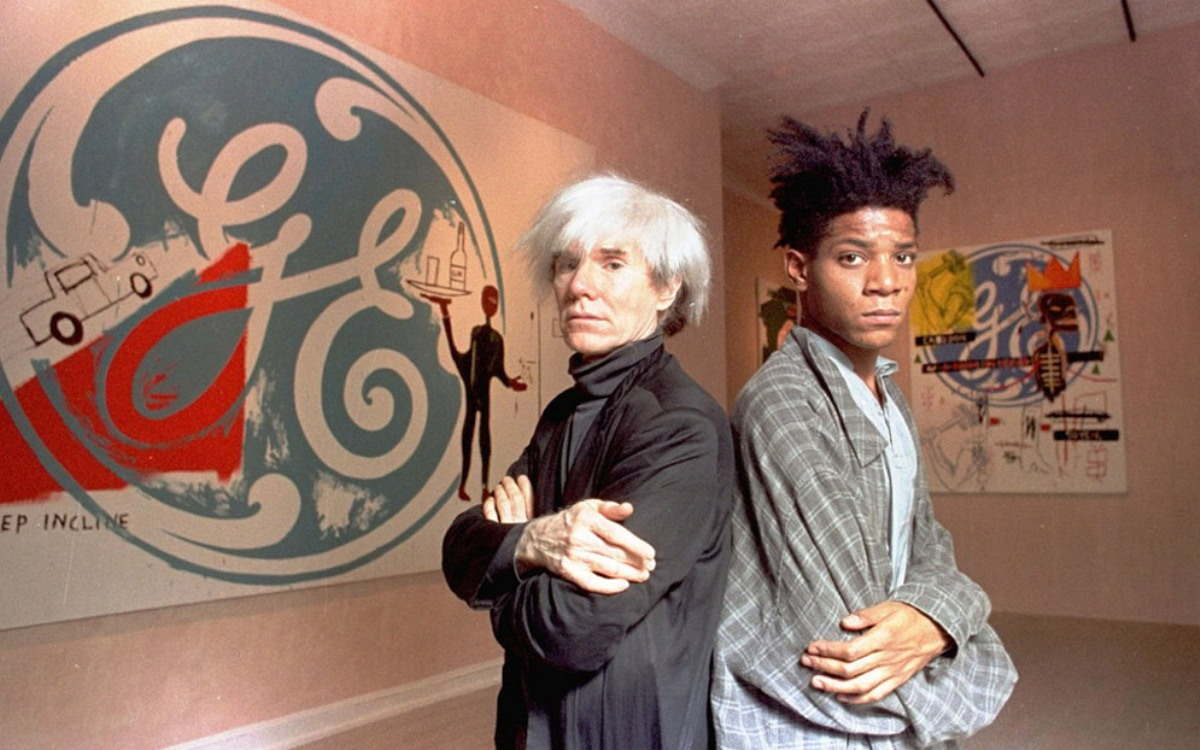
Everyone knows that Basquiat and Warhol were friends, but did you know that they also created almost 200 works together? The two superstars became friends in 1982 and then started making art together just two years later.
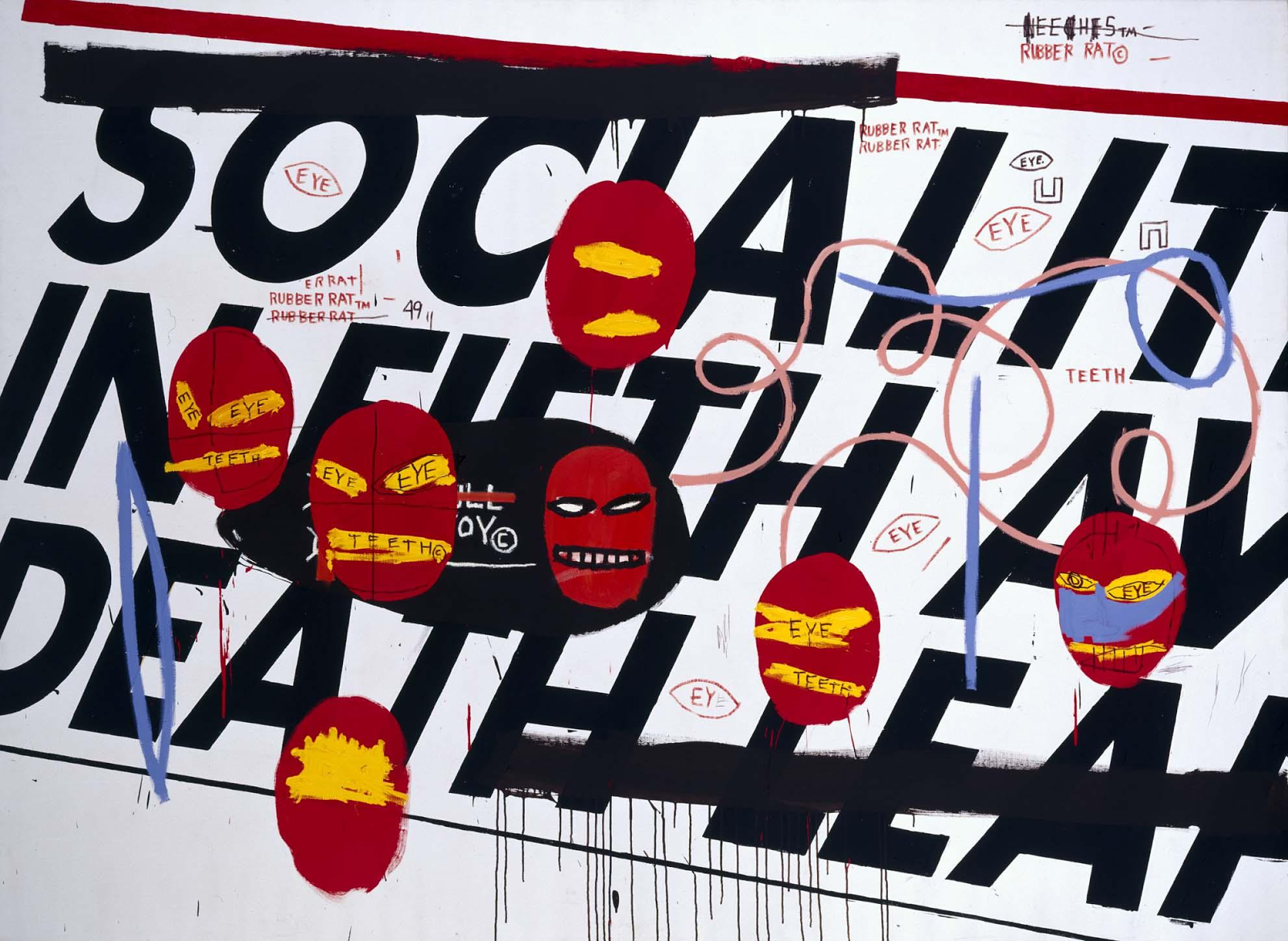
Socialite by Jean-Michel Basquiat and Andy Warhol at the Queen Sofia Arts Center
Even though this collaboration featured two of the most famous contemporary artists, critics and audiences apparently were not amused by paintings that combined Warhol’s Pop reproductions with Basquiat’s floating Spiderman heads.

Their combined efforts ultimately failed, which strained their friendship. After complications from surgery resulted in Warhol’s death in 1987, Basquiat’s depression and drug use spiraled out of control, and he died one year later in 1988.
Édouard Manet & Berthe Morisot
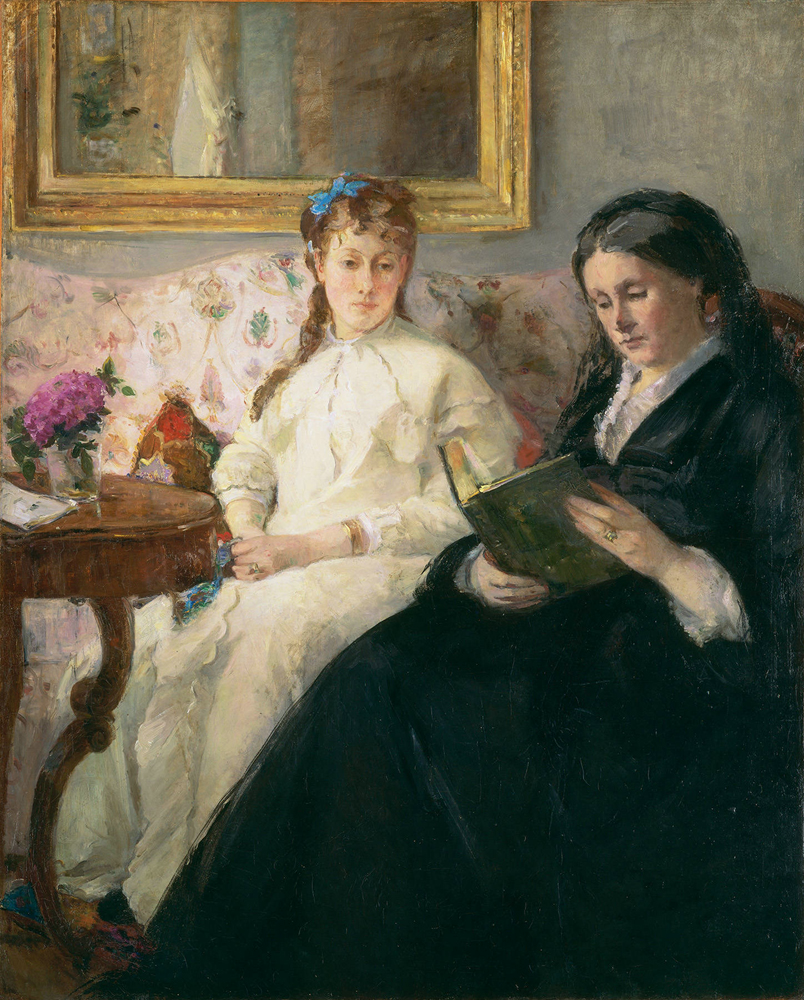 Mother and Sister of the Artist by Berthe Morisot at the National Gallery of Art Washington DC
The illustrious Manet was both a friend and teacher to Morisot, one of the only female Impressionists who made it to the big time. She even enjoyed more public success at the Salons than her male counterparts did. Manet and Morisot constantly learned from each other, and their friendship continued perhaps even led to Morisot marrying Édouard’s brother Eugene Manet when she was 33 years old.
Mother and Sister of the Artist by Berthe Morisot at the National Gallery of Art Washington DC
The illustrious Manet was both a friend and teacher to Morisot, one of the only female Impressionists who made it to the big time. She even enjoyed more public success at the Salons than her male counterparts did. Manet and Morisot constantly learned from each other, and their friendship continued perhaps even led to Morisot marrying Édouard’s brother Eugene Manet when she was 33 years old.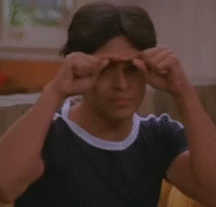 But being friends with an artist as acclaimed as Manet was must have been tough. If the styles of the two women in Morisot’s Mother and Sister of the Artist look different to you, it’s because Manet actually started painting over Morisot’s figures when she asked him for advice on the work.
But being friends with an artist as acclaimed as Manet was must have been tough. If the styles of the two women in Morisot’s Mother and Sister of the Artist look different to you, it’s because Manet actually started painting over Morisot’s figures when she asked him for advice on the work.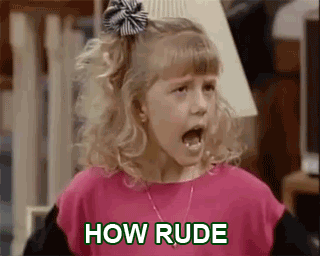
Vincent van Gogh & Paul Gauguin
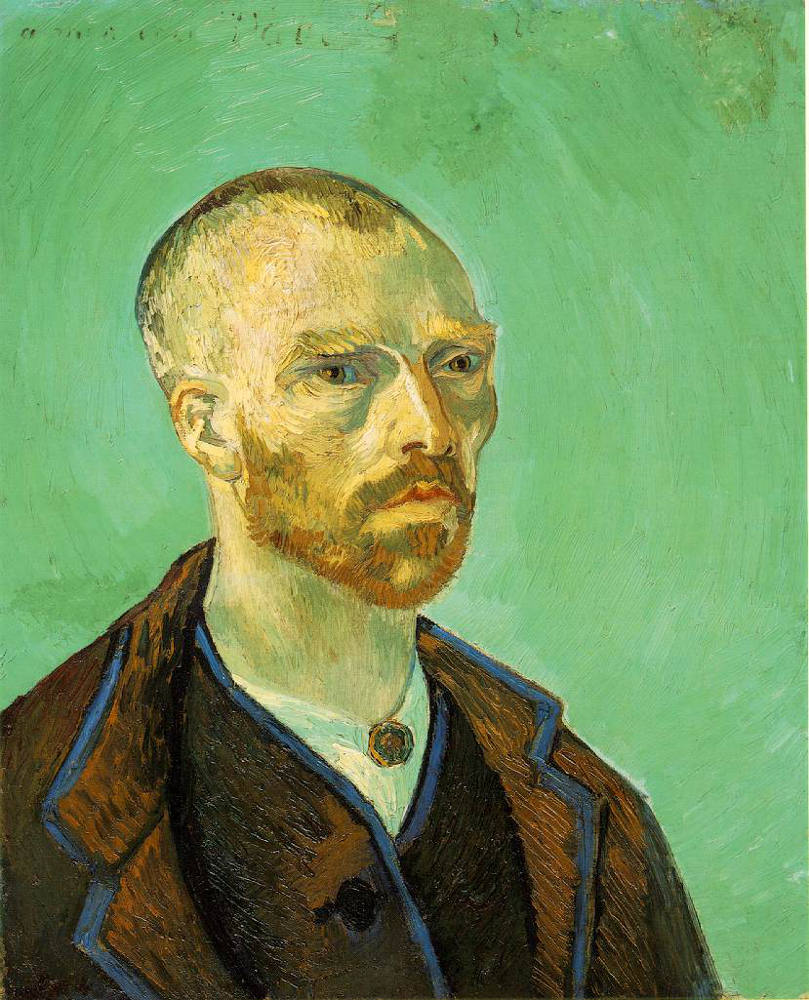 Self-Portrait Dedicated to Paul Gauguin by Vincent van Gogh at the Harvard Art Museums
These guys were more like frenemies, which makes them even more fun to talk about. Gauguin and van Gogh were both self-taught artists who worked together to establish new, personal styles that took the innovations of Impressionism to the next level. For them, “working together” meant drinking excessively and arguing about aesthetics and the function of art.
Self-Portrait Dedicated to Paul Gauguin by Vincent van Gogh at the Harvard Art Museums
These guys were more like frenemies, which makes them even more fun to talk about. Gauguin and van Gogh were both self-taught artists who worked together to establish new, personal styles that took the innovations of Impressionism to the next level. For them, “working together” meant drinking excessively and arguing about aesthetics and the function of art.
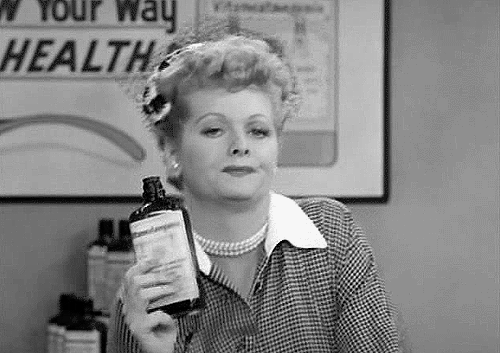 In a rather hippie move, van Gogh moved to Arles in the south of France to start an artistic commune in a place that he felt was more “pure” than the modern city of Paris. Although it was his dream to have all his friends move down there, Gauguin was the only one who showed up. The stay in Arles ended after only nine weeks when the constant fighting caused van Gogh to suffer a mental breakdown, resulting in the infamous ear episode. Despite this violent end, van Gogh and Gauguin continued to be friends until van Gogh’s death two years later.
In a rather hippie move, van Gogh moved to Arles in the south of France to start an artistic commune in a place that he felt was more “pure” than the modern city of Paris. Although it was his dream to have all his friends move down there, Gauguin was the only one who showed up. The stay in Arles ended after only nine weeks when the constant fighting caused van Gogh to suffer a mental breakdown, resulting in the infamous ear episode. Despite this violent end, van Gogh and Gauguin continued to be friends until van Gogh’s death two years later.
Lucian Freud & Francis Bacon
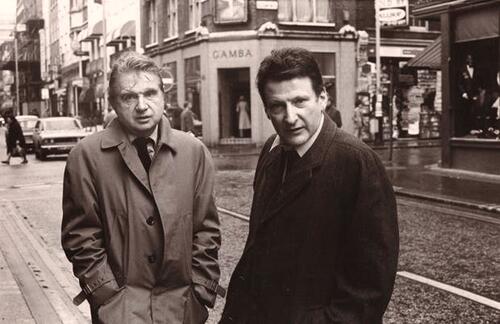 From the moment they met in the 1940s, Lucian Freud and Francis Bacon became inseparable. At a time when abstraction was the cool new thing, these two guys kept the figurative tradition alive. Despite this similarity, their approaches to the human figure couldn’t have been more different.
From the moment they met in the 1940s, Lucian Freud and Francis Bacon became inseparable. At a time when abstraction was the cool new thing, these two guys kept the figurative tradition alive. Despite this similarity, their approaches to the human figure couldn’t have been more different.
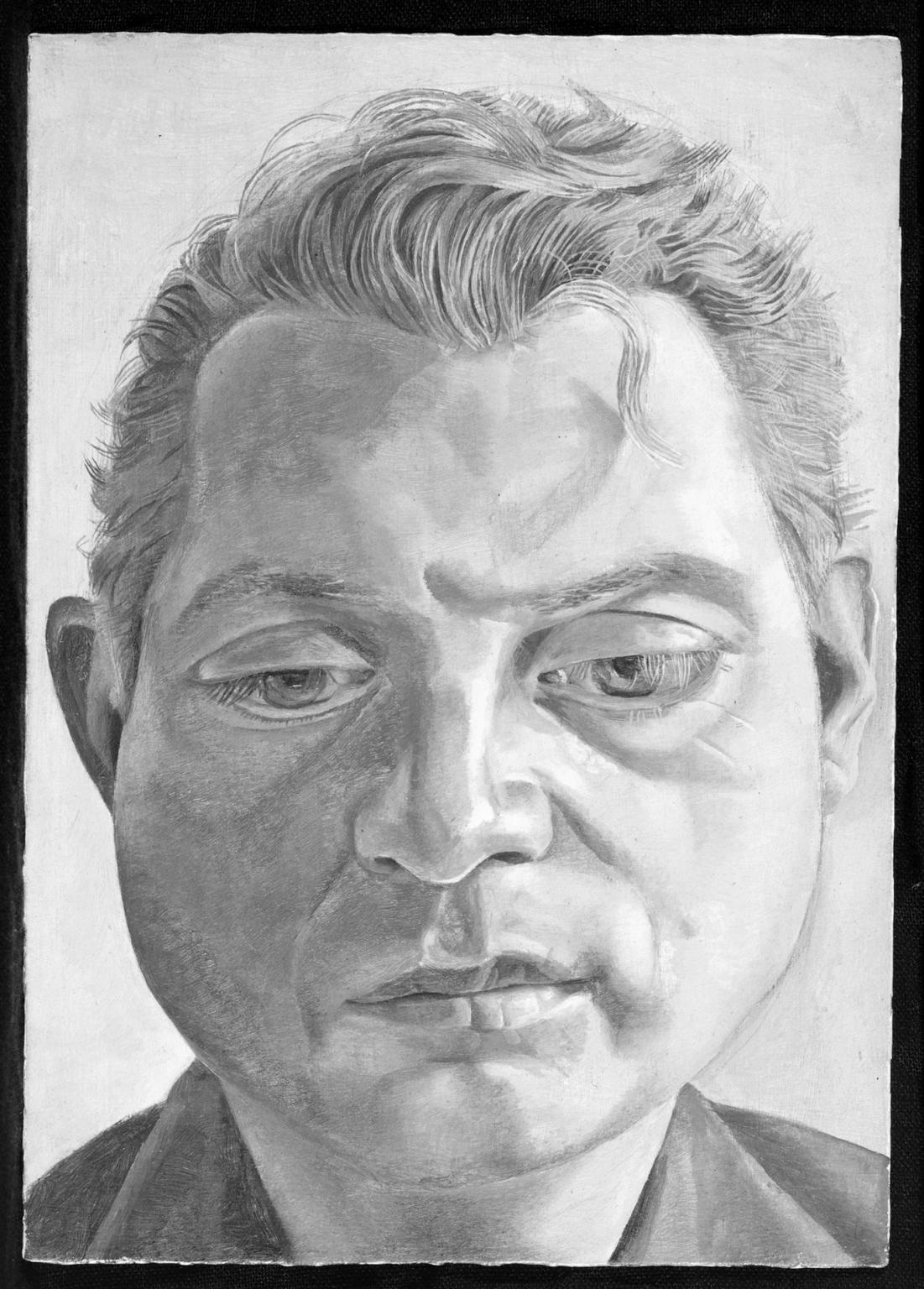 Francis Bacon by Lucian Freud at the Tate Britain
Freud tried to capture the essence of people in their portraits. Bacon painted images of how he perceived things, which as it turns out was in a pretty messed-up light. Many of his paintings are nightmarish renditions of people. Whereas Freud’s imagery came from within, Bacon projected his own horrors onto his subjects.
Francis Bacon by Lucian Freud at the Tate Britain
Freud tried to capture the essence of people in their portraits. Bacon painted images of how he perceived things, which as it turns out was in a pretty messed-up light. Many of his paintings are nightmarish renditions of people. Whereas Freud’s imagery came from within, Bacon projected his own horrors onto his subjects.

After being friends for twenty-five years, this friendship ended in 1969 after a falling-out after Bacon painted the now-famous triptych Three Studies of Lucian Freud, which sold for $142 million in 2013. At the time, this was the most expensive artwork to ever sell at auction.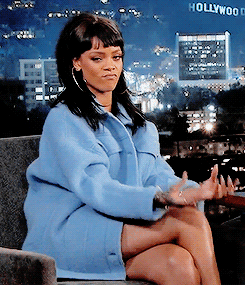 Many of these stories have strange turns, but I guess that’s when happens when two “creatives” become friends. Now go tell your friends how much you love them!
By Amanda Lampel
Many of these stories have strange turns, but I guess that’s when happens when two “creatives” become friends. Now go tell your friends how much you love them!
By Amanda Lampel










Comments (2)
This needs a part two!